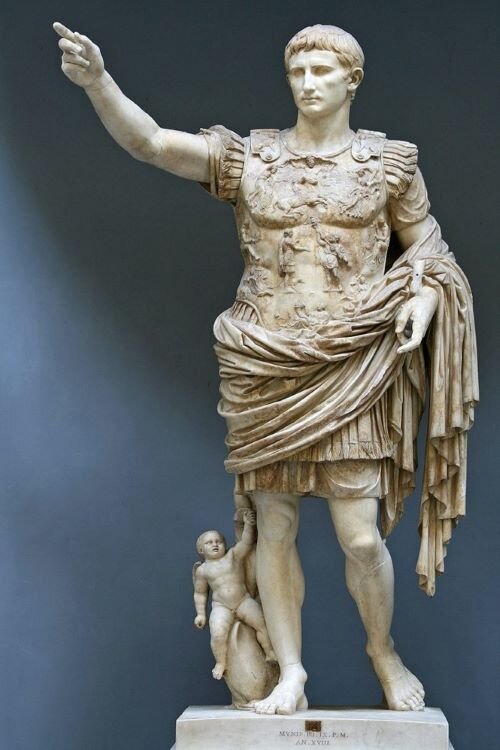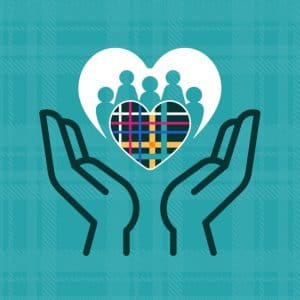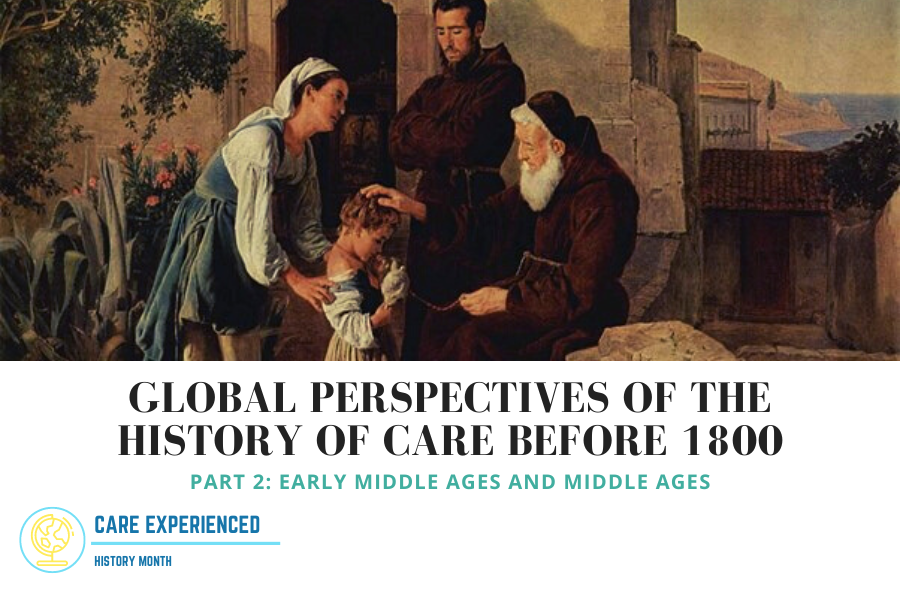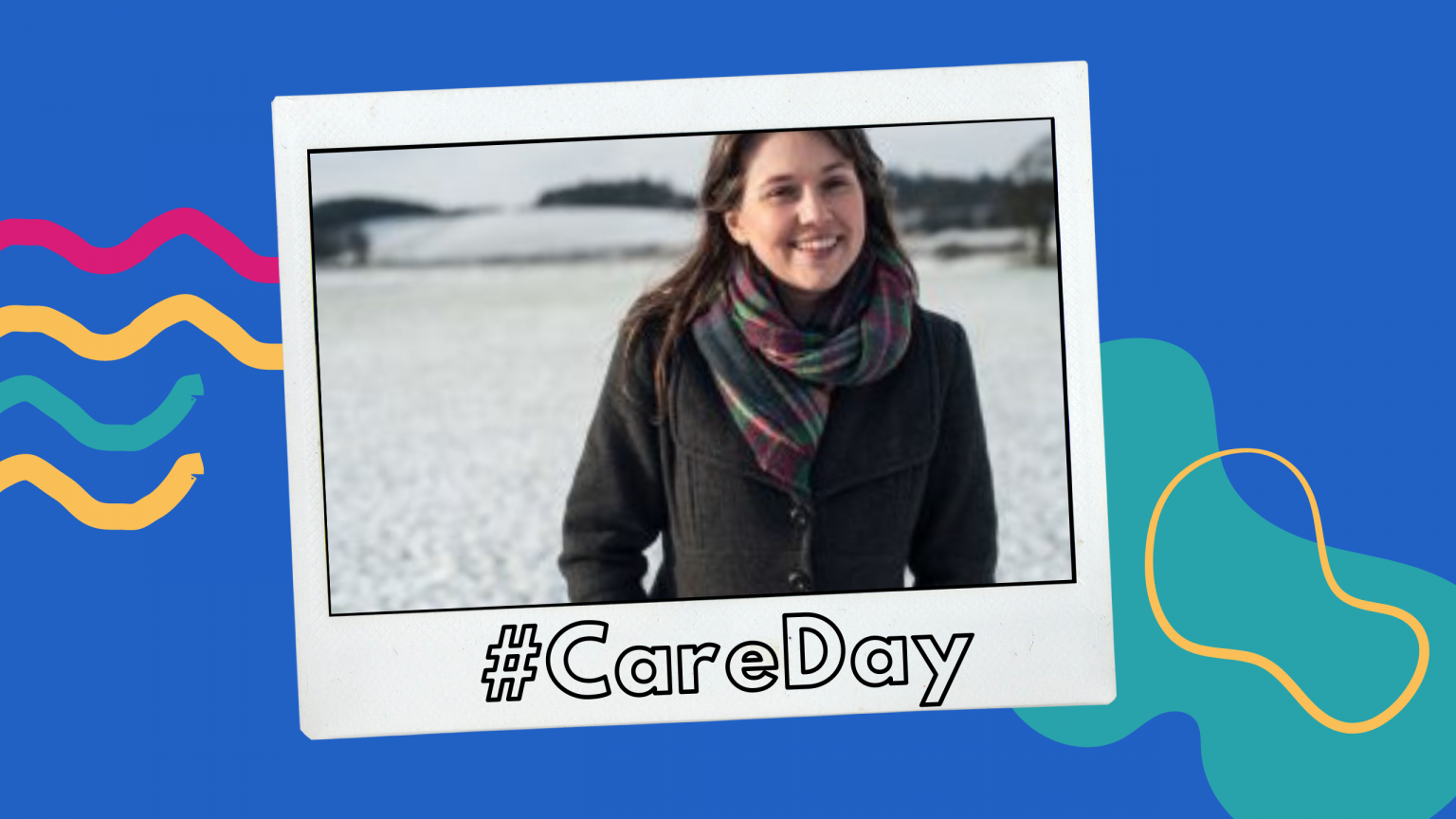Care Experienced History Month calls for the global recognition of the history of Care Experienced people.
This blog series hopes to give a whirlwind overview of Care Experience in the very distant past, from the ancient to the early modern, across various places. It intends to be a starting point, rather than a definitive History.

Although the language and ways of understanding the world were very different to our own, Care Experienced people have been present since the beginning of recorded human history. For instance, we know that there were Care Experienced people in the Old Testament (1200 – 165 BCE).
Perhaps most famously, Moses is looked after by the daughter of the Pharaoh; and following the death of her parents, Esther, the Biblical Queen of Persia, is looked after by Mordecai. The prophet Muhammad (570 CE – 632 CE) spent the first two years of his life with his foster mother, Halimah bint Abi Dhuayb. In Ancient India (5th century BCE), Jīvaka, the personal physician to the Buddha, was said to be found and adopted by Prince Abhaya. Caesar Augustus (63 BCE – 14 CE), the first Emperor of the Roman Empire, was raised by his Grandmother, Julia; what we understand today as kinship care.
Children have always been fostered, adopted or cared for by their grandparents, aunts and uncles or family friends. In Babylonia, an ancient state and cultural area in what is present-day Iraq and Syria, some children were adopted soon after birth, typically because of an inability to raise them due to poverty. You can find out quite a lot about adoption practices in Babylonia because, to put it simply, they wrote it down. The Middle Assyrian Law Code (composed between 1450 and 1250 BCE) provides the legal background to these adoptions. It tells us that if the child injured their adoptive parents, or the adoptive parents did not take adequate care of the child, they could return to their birth parents. Unlike many adoptions today, ties to the child’s family of origin were not usually severed.
Not all fostering, kinship care or adoption happened within set legal codes. For example, there were no formal rules for the adoption of children in either the Hebrew Bible or Rabbinic law making these practices more difficult to trace. The adoption and fostering of children appear to have been an informal, private practice organised within the community. This is true of other cultures too. Among the cultures of Polynesia, children were commonly adopted by family members or close friends, such as in Hawaii where this was known as hānai. In Pacific culture, ties to the biological family were rarely severed through adoption; fostering was a way to create and maintain close personal relations. Similarly, New Zealand Māori practice a form of traditional adoption within extended family called whāngai (to feed). And in Kiribati, this practice of ‘fluid adoption’ is called tibu.
The reasons for adoption could also be very different to today. In Han China (206 BCE – 220 CE), for example, people took in children from other families in order to create or strengthen alliances between families or individuals. Our present-day understandings of adoption, foster care or kinship care did not always translate well to the past. In Han China, there was no single expression which corresponds to our understanding of adoption. Instead, there were many different terms, such as hou meaning to ‘continue the succession’; yang meaning nourish was used to mean ‘to adopt’; shou meaning to ‘take in’ and ren to recognise someone as a child.
In the past, it was more likely that children would lose both parents to disease, war or famine. In Ancient Egypt, children who had lost their parents were often adopted by couples without children. For example, in the Nineteenth Dynasty (1292 BCE – 1189 BCE) a child was adopted by couple, Ramose and Mutemwia following their prayers for a child. An adopted child assumed the same rights of inheritance as any other child in the family. Couples without children often sought to adopt a child, mostly a boy, to become their heir. It is difficult to know from surviving sources how children might have felt about this, how much choice they had in who they lived with, or how much their needs were considered by adults.
With the decline of the Roman Empire (395 CE – 476 CE), the nobility of German, Celtic and Slavic countries denounced the practice of adoption. For example, English common law did not permit adoption as it contradicted rules about inheritance. And yet, children were still fostered and adopted, but these arrangements were made informally. It did not always leave a trace in the historical record.
A NOTE ON LANGUAGE
Many of the terms used in the past have long since fallen out of use, or are now deemed offensive. Sometimes, words used in the past have no direct translation to the present day. Similarly, terms we use today would not translate well to the past. A person living in Ancient Egypt or Medieval England would not identify themselves as Care Experienced, even if by our understanding they were.
Foundling – a historic term used to describe babies who had been abandoned by their parents and discovered and cared for by others. Infants referred to as foundlings were nearly always placed somewhere, such as a church, where the baby’s parents or midwife knew they would be found and cared for. Foundlings were extremely common in the eighteenth century. The word originates in c.1300 in Middle English.
Oblate – A child vowed and given by their parents to monastic life. Child oblation was practiced in Early Medieval Europe.
Orphan – traditionally defined as a child whose parents have died. Many children called ‘orphans’ had one or both living parents but were ‘cared’ for someone other than their parents, often in an orphanage or children’s home. The word originates from Ancient Greek.
Find out more:
Alysa Levene, Childcare, Health and Morality in the London Foundling Hospital, 1741-1800: ‘Left to the Mercy of the World’ (2012)
Anne E. C. McCants, Civic Charity in a Golden Age: Orphan Care in Early Modern Amsterdam (1997)
Anne E. Lester, ‘Lost but not yet Found: Medieval Foundlings and their Care in Northern France, 1200-1500’, Journal of the Western Society for French History 35 (2007)
Catriona Seth, Nobody’s Children? Enlightenment Foundlings, Identity and Individual Rights, Burgerhart Lecture, 4 October 2012
Diana Bullen Prescuitti, ‘Dead Infants, Cruel Mothers, and Heroic Popes: The Visual Rhetoric of Foundling Care at the Hospital of Santo Spirito, Rome’, Renaissance Quarterly 64:3 (2011), pp.752-799
Dona Schneider and Susan M. Macey, ‘Foundlings, Asylums, Almshouses and Orphanages: Early Roots of Child Protection’, Middle States Geographer 35 (2002), pp.92-100
Greg Peters, ‘Offering Sons to God in the Monastery: Child Oblation, Monastic Benevolence, and the Cistercian Order in the Middle Ages’, Cistercian Studies Quarterly 38:3 (2003)
J. L. van Zanden, The Rise and Decline of Holland’s Economy: Merchant Capitalism and the Labour Market (1993), p.77
Joanne M. Ferraro, ‘Childhood in Medieval and Early Modern Times’ in The Routledge History of Childhood in the Western World, ed. Paula F. Fass (2012)
John Brownlow, Memoranda; or Chronicles of the Foundling Hospital Including Memoirs of Captain Coram (1847)
Jonathan A. Silk, ‘Child Abandonment and Homes for Unwed Mothers in Ancient India: Buddhist Sources’, Journal of the American Oriental Society 127:3 (2007), pp.297-314
Kathryn Hughes, Threads of Feeling, The Guardian, 9 October 2010
La Couche/Hospice des Enfants Trouvés, Paris, France, Children’s Homes
Miranda Brown and Rafe de Crespigny, ‘Adoption in Han China’, Journal of Economic and Social History in the Orient 52:2 (2009), pp.229-266
Old Bailey Proceedings Online (version 8.0, 15 March 2021), September 1767, trial of James Brownrigg, Elizabeth his wife James Brownrigg John their son (t17670909-1)
Rachel Fuchs, Foundlings and Child Welfare in Nineteenth-Century France (1984)
Ruth Wallis Herndon and John E. Murray, Children Bound to Labor: The Pauper Apprentice System in Early America (2009)
S. X. Radbill, ‘A History of Children’s Hospitals’, American Journal of Diseases of Children 90 (1955), pp.411-413
S. X. Radbill, ‘Reared in Adversity: Institutional Care of Children in the 18th Century’, American Journal of Diseases of Children 130 (1976), pp.751-761
Sandra Lippert, Universität Tübingen, Germany, UCLA Encyclopaedia of Egyptology, 2013
Susan L. Porter, ‘Indenture and Adoption in Nineteenth-Century Orphanages’ in Adoption in America: Historical Perspectives, ed. E. Wayne Carp (2002), pp.27-51
Susanah Shaw Romney, ‘Intimate Networks and Children’s Survival in New Netherland in the Seventeenth Century’, Early American Studies 7:2 (2009), pp.270-308
The Foundling Museum, What is a Foundling?
The Library of Iberian Resources Online, The Visigothic Code, ed. S. P. Scott, Book IV: Concerning Natural Lineage, Title IV: Concerning Foundlings.
Thomas S. N. Chen and Peter S. Y. Chen, ‘Jivaka, Physician to the Buddha’, Journal of Medical Biography 10 (2002), pp.88-91







